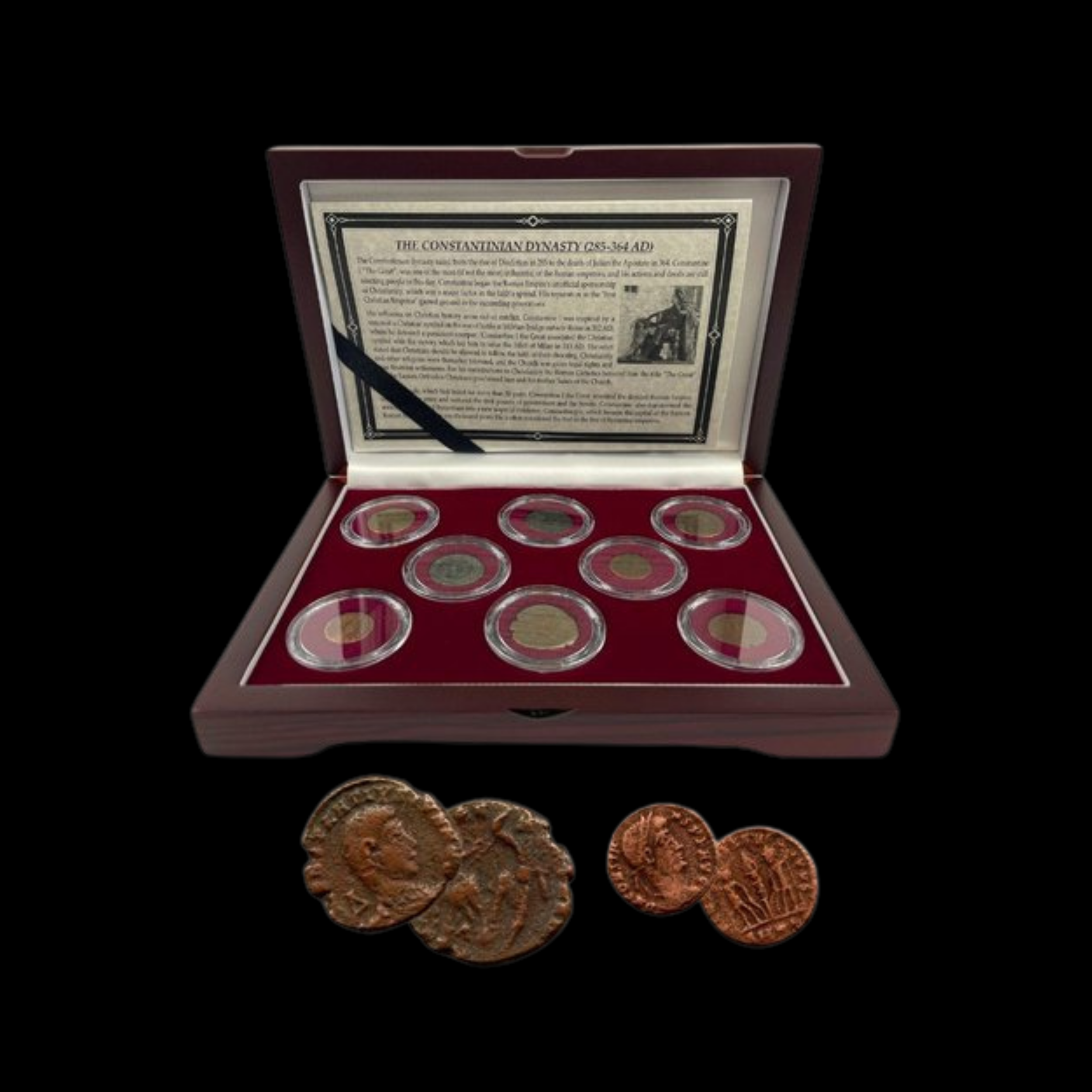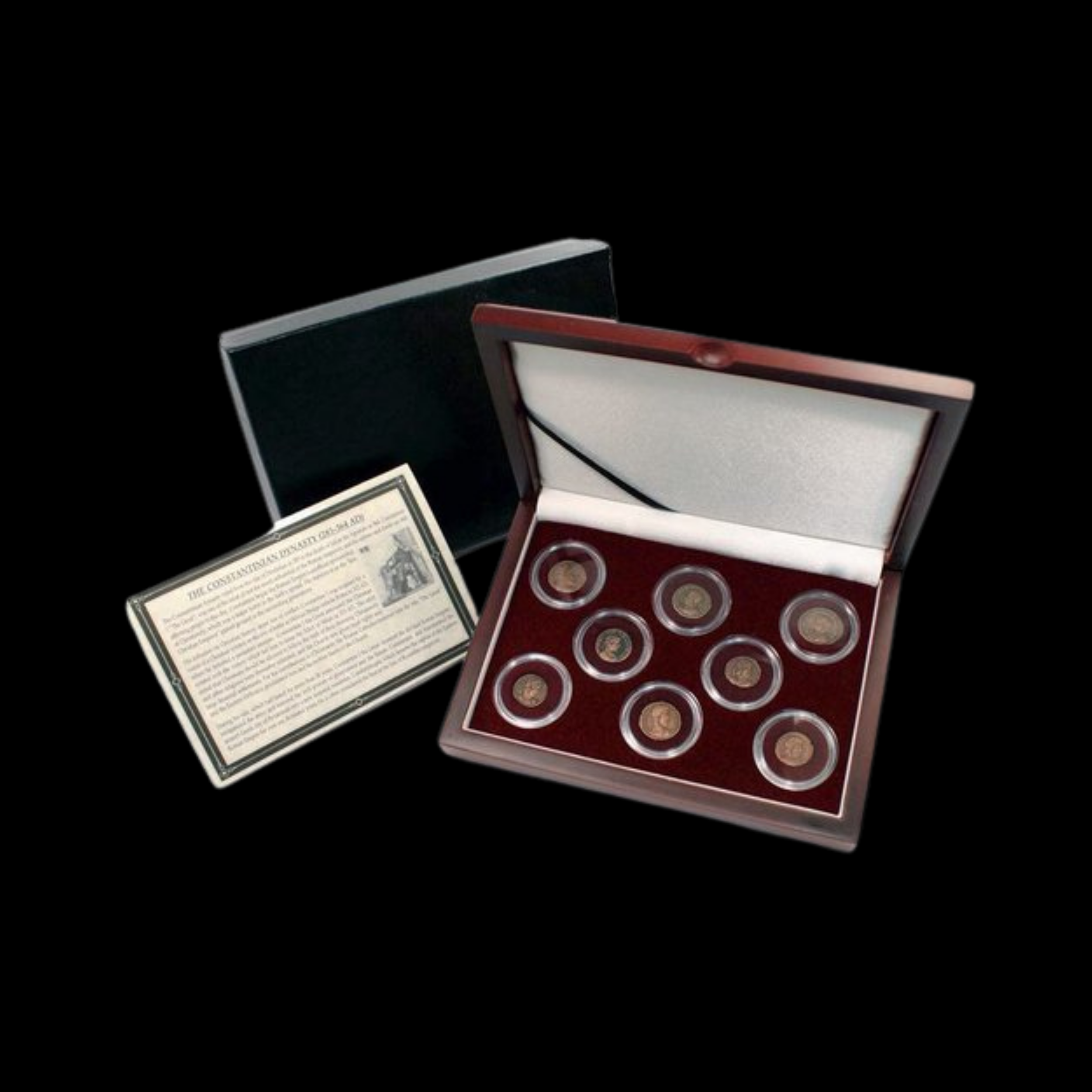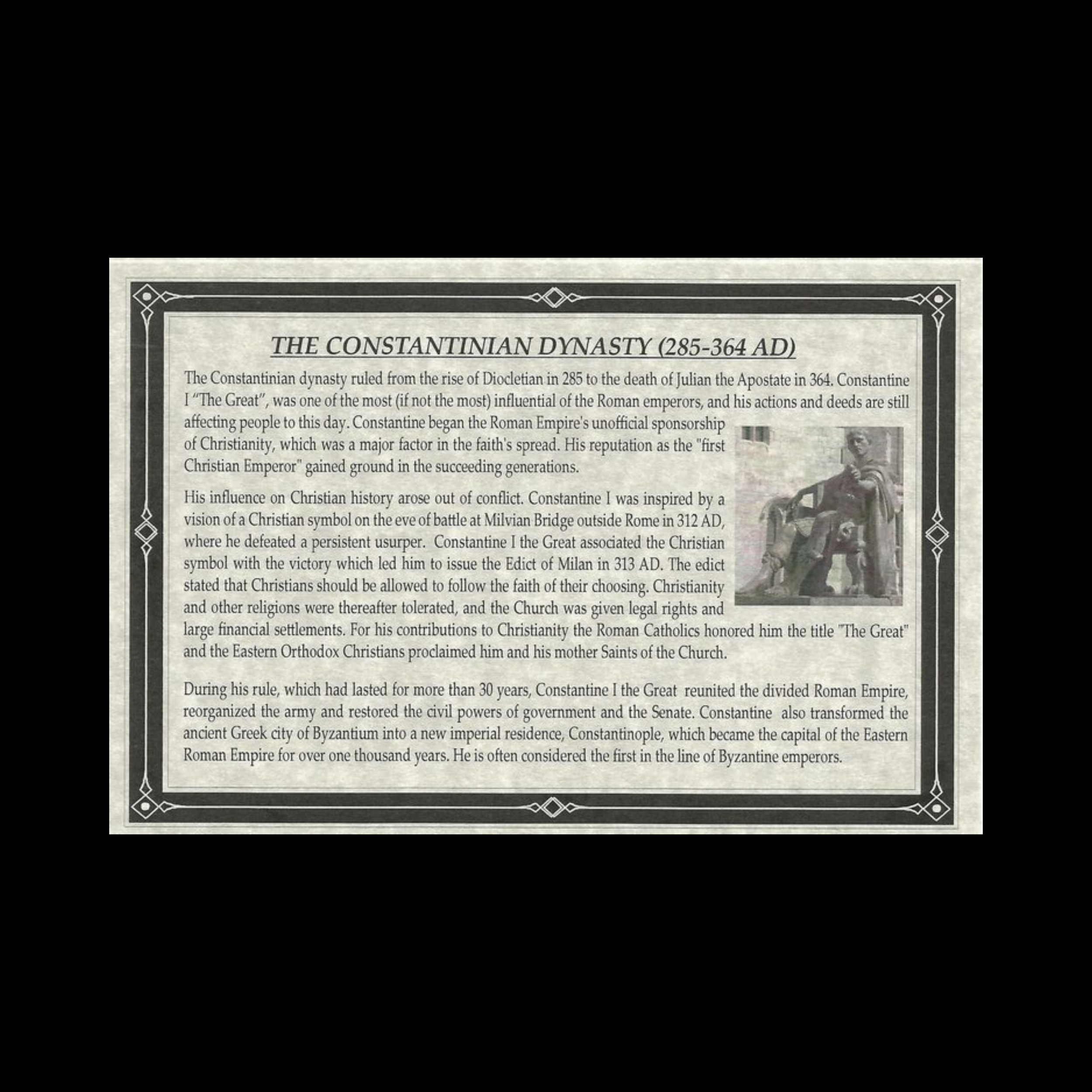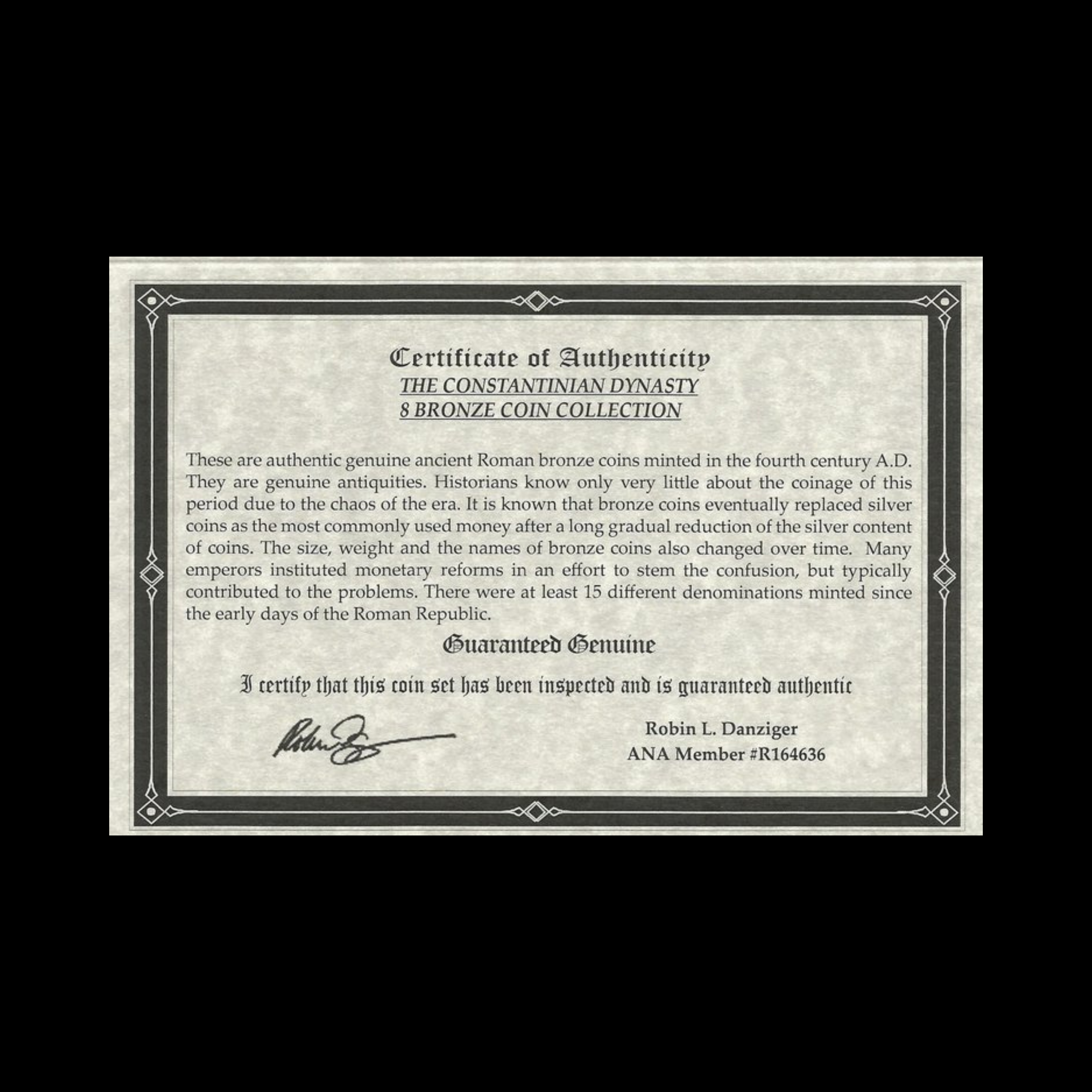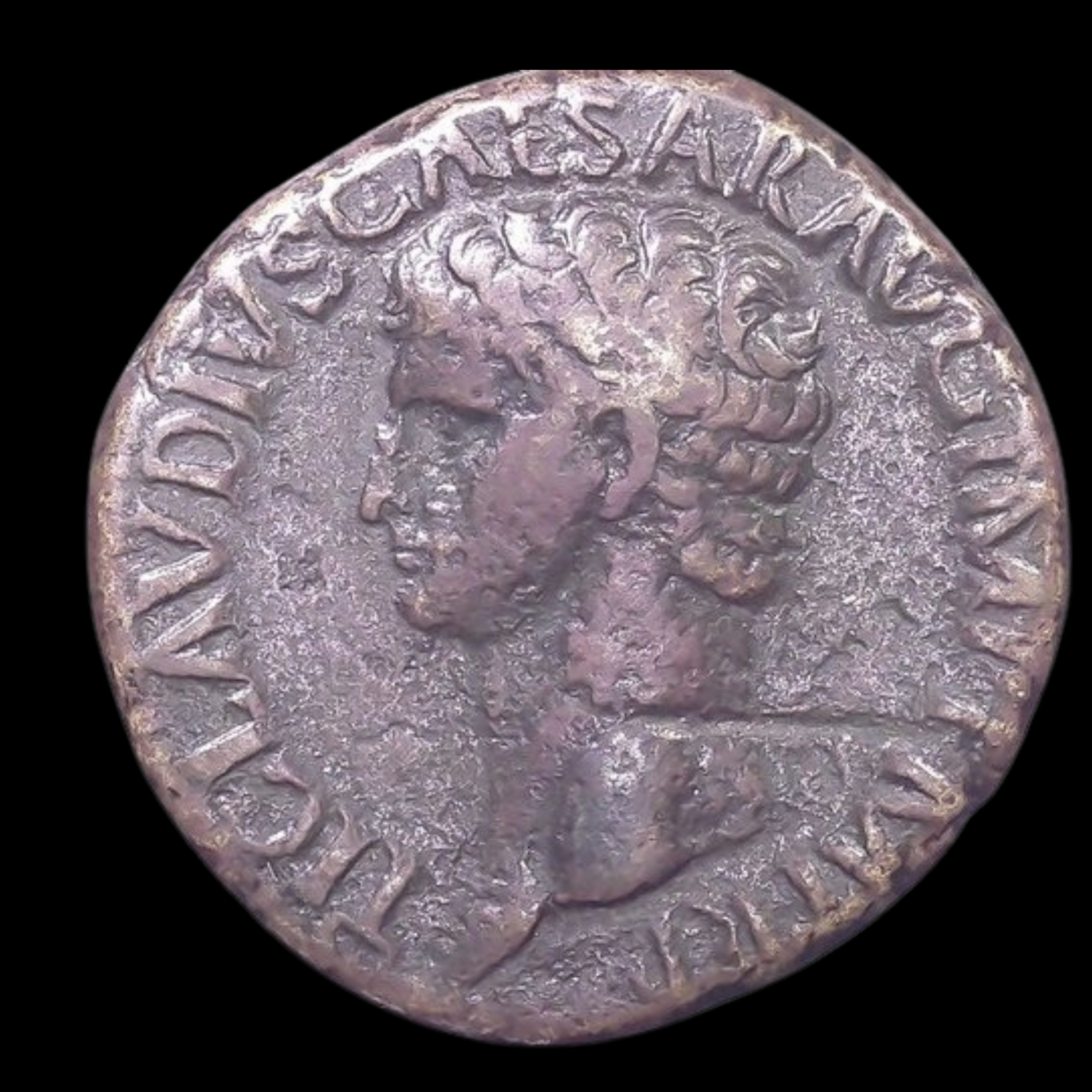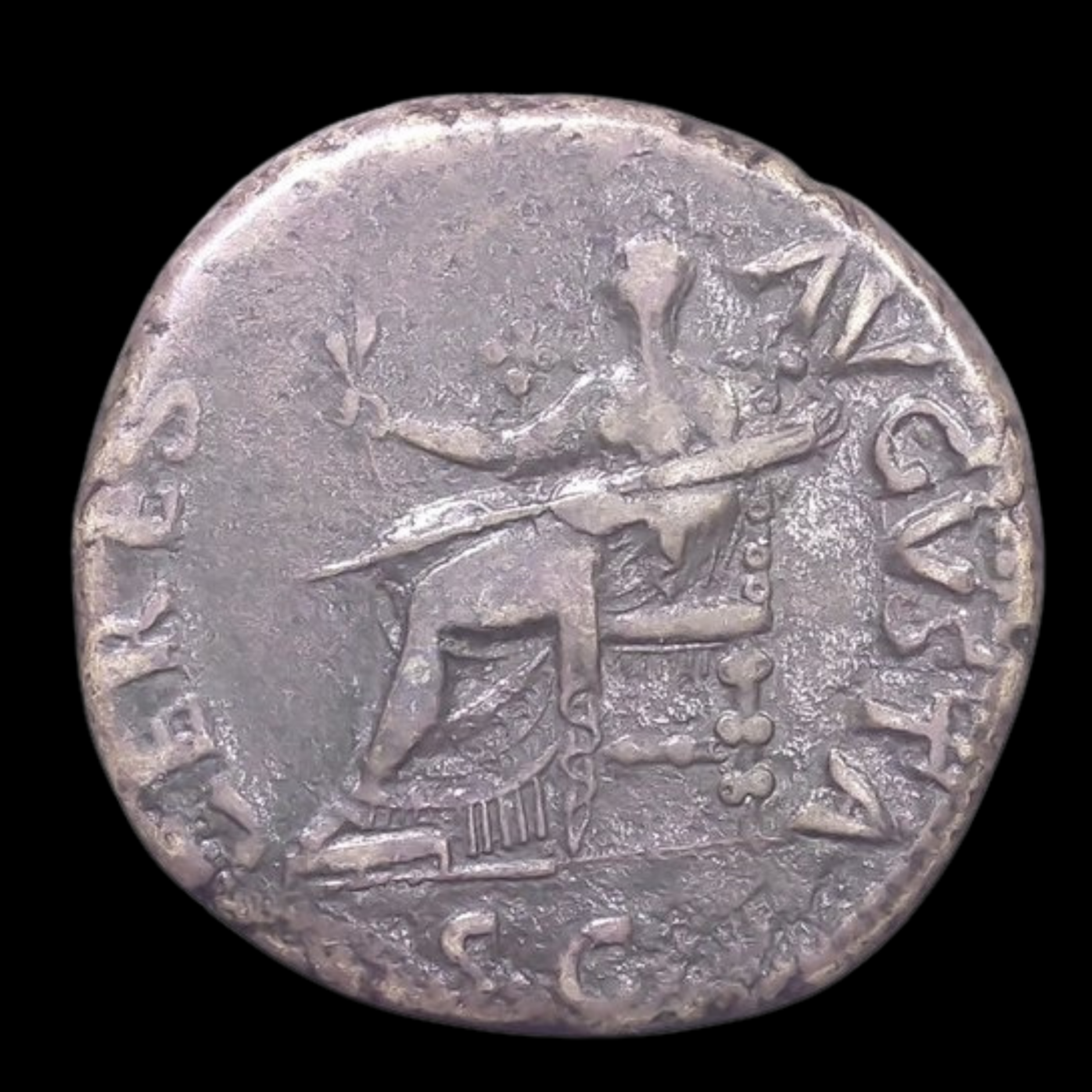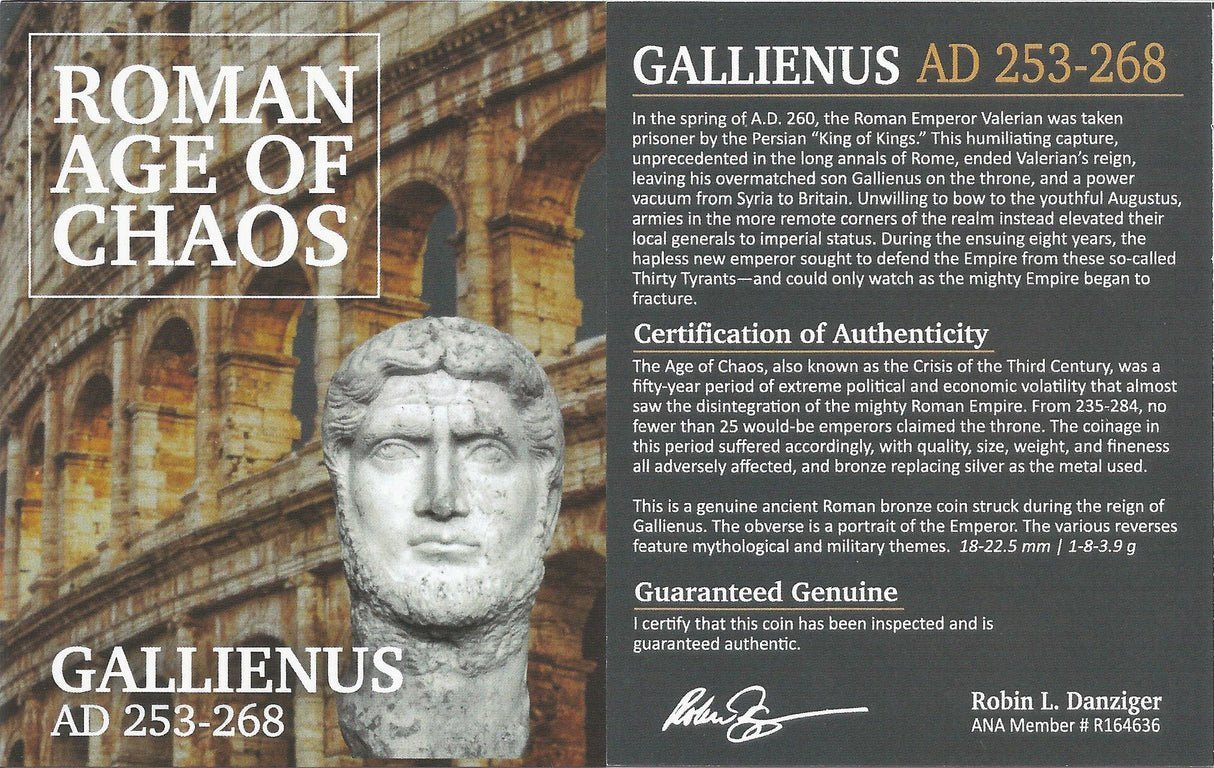 Image 1 of 6
Image 1 of 6

 Image 2 of 6
Image 2 of 6

 Image 3 of 6
Image 3 of 6

 Image 4 of 6
Image 4 of 6

 Image 5 of 6
Image 5 of 6

 Image 6 of 6
Image 6 of 6







Aelia Flacilla Roman AE4 (about 1,635-1,665 years ago)
The coins shown are representative examples of the grade and type, but not the actual specimens for sale. For details on NGC’s grading standards and definitions, please refer to our NGC Grading page.
This small bronze coin (AE4 size designation) honors Empress Aelia Flacilla, the influential wife of Emperor Theodosius I. These smaller denomination coins bearing her image would have circulated widely throughout the empire for everyday transactions, spreading imperial propaganda even at the most basic economic level.
Coin Description:
Front side: Portrait of Empress Aelia Flacilla wearing a distinctive imperial headdress and jewelry, with her name and imperial title around the edge
Back side: Possibly shows the empress in prayer or a personification of a Christian virtue such as Peace (PAX) or Victory (VICTORIA)
Technical Details:
Bronze composition (copper alloy)
AE4 denomination (smallest standard bronze coin of the period)
NGC certified (Numismatic Guaranty Corporation)
Minted between approximately 379-386 CE in various imperial mints
Condition: Certified by NGC, specific grade not provided
Historical Significance: This coin reflects how imperial women gained increased visibility in late Roman society through their portrayal on coinage. Born in Roman Hispania (modern Spain), Aelia Flacilla exemplified Christian piety and charity that became the model for Byzantine empresses. The inclusion of her image on smaller denominations ensured her visibility among common citizens, helping to establish the legitimacy of the Theodosian dynasty that would rule both halves of the Roman world into the next century.
The coins shown are representative examples of the grade and type, but not the actual specimens for sale. For details on NGC’s grading standards and definitions, please refer to our NGC Grading page.
This small bronze coin (AE4 size designation) honors Empress Aelia Flacilla, the influential wife of Emperor Theodosius I. These smaller denomination coins bearing her image would have circulated widely throughout the empire for everyday transactions, spreading imperial propaganda even at the most basic economic level.
Coin Description:
Front side: Portrait of Empress Aelia Flacilla wearing a distinctive imperial headdress and jewelry, with her name and imperial title around the edge
Back side: Possibly shows the empress in prayer or a personification of a Christian virtue such as Peace (PAX) or Victory (VICTORIA)
Technical Details:
Bronze composition (copper alloy)
AE4 denomination (smallest standard bronze coin of the period)
NGC certified (Numismatic Guaranty Corporation)
Minted between approximately 379-386 CE in various imperial mints
Condition: Certified by NGC, specific grade not provided
Historical Significance: This coin reflects how imperial women gained increased visibility in late Roman society through their portrayal on coinage. Born in Roman Hispania (modern Spain), Aelia Flacilla exemplified Christian piety and charity that became the model for Byzantine empresses. The inclusion of her image on smaller denominations ensured her visibility among common citizens, helping to establish the legitimacy of the Theodosian dynasty that would rule both halves of the Roman world into the next century.


